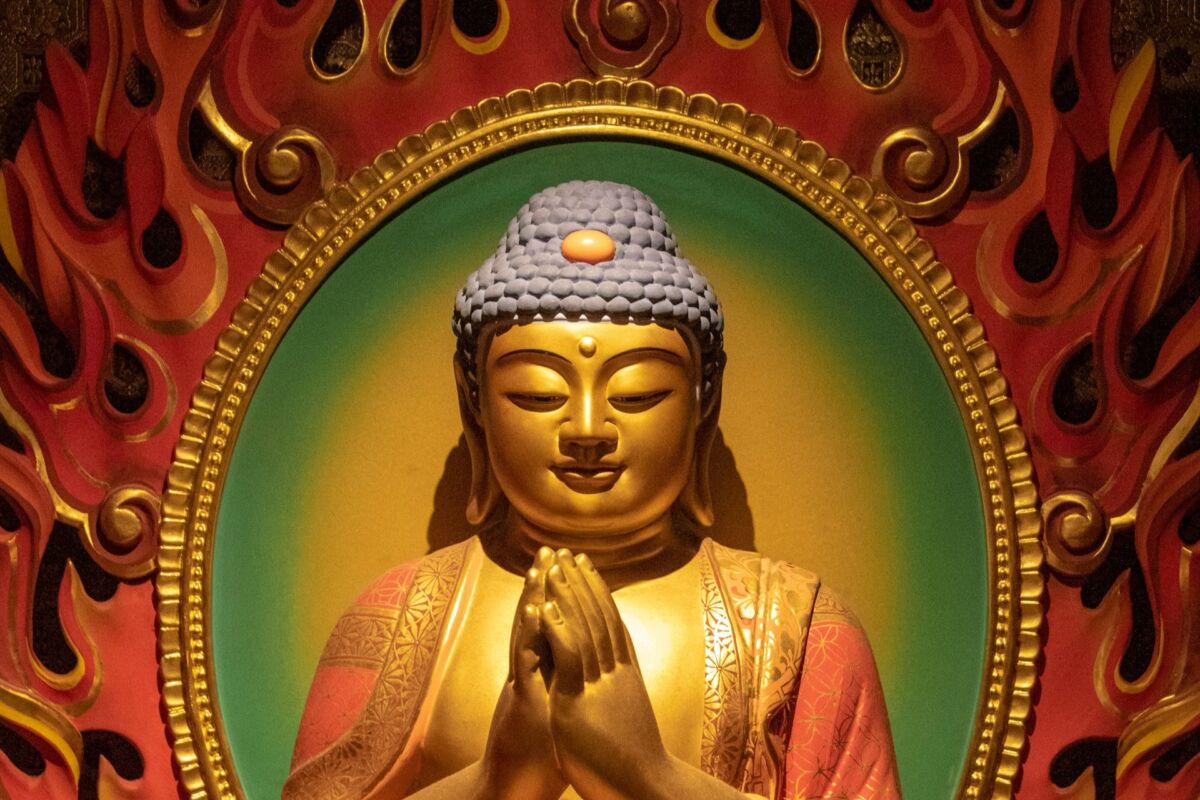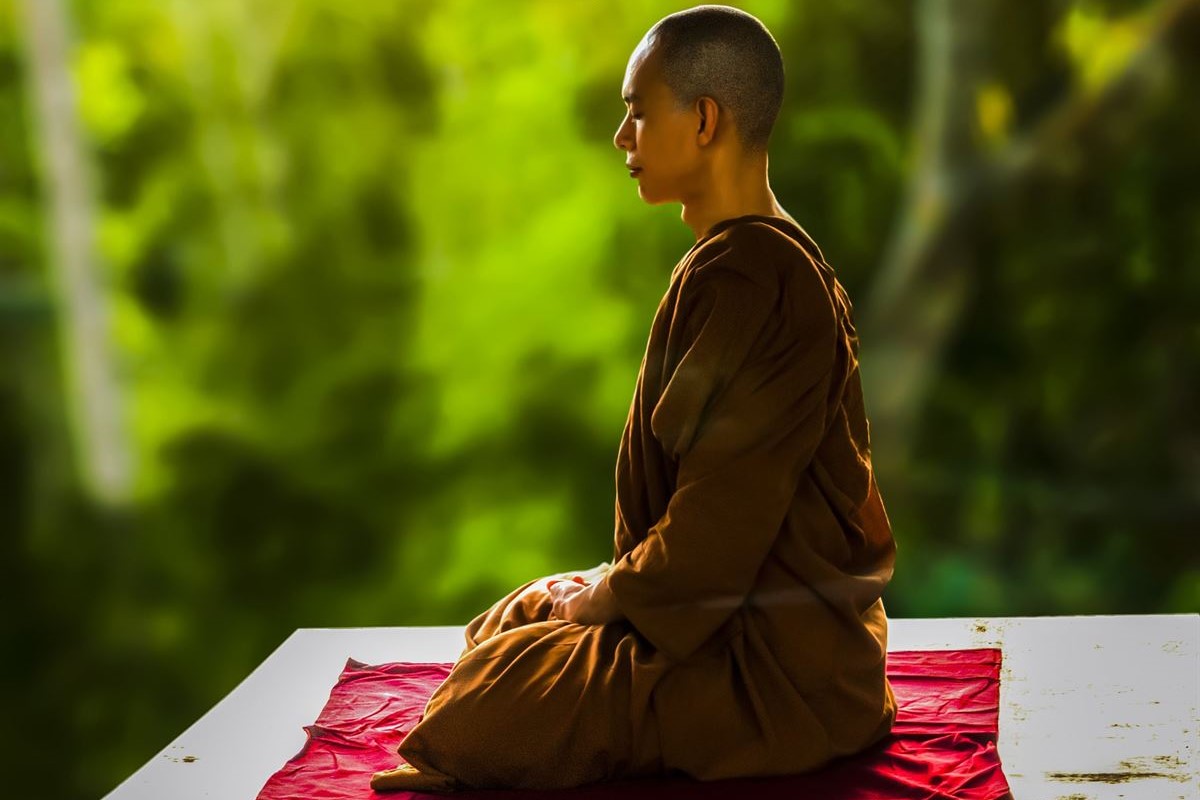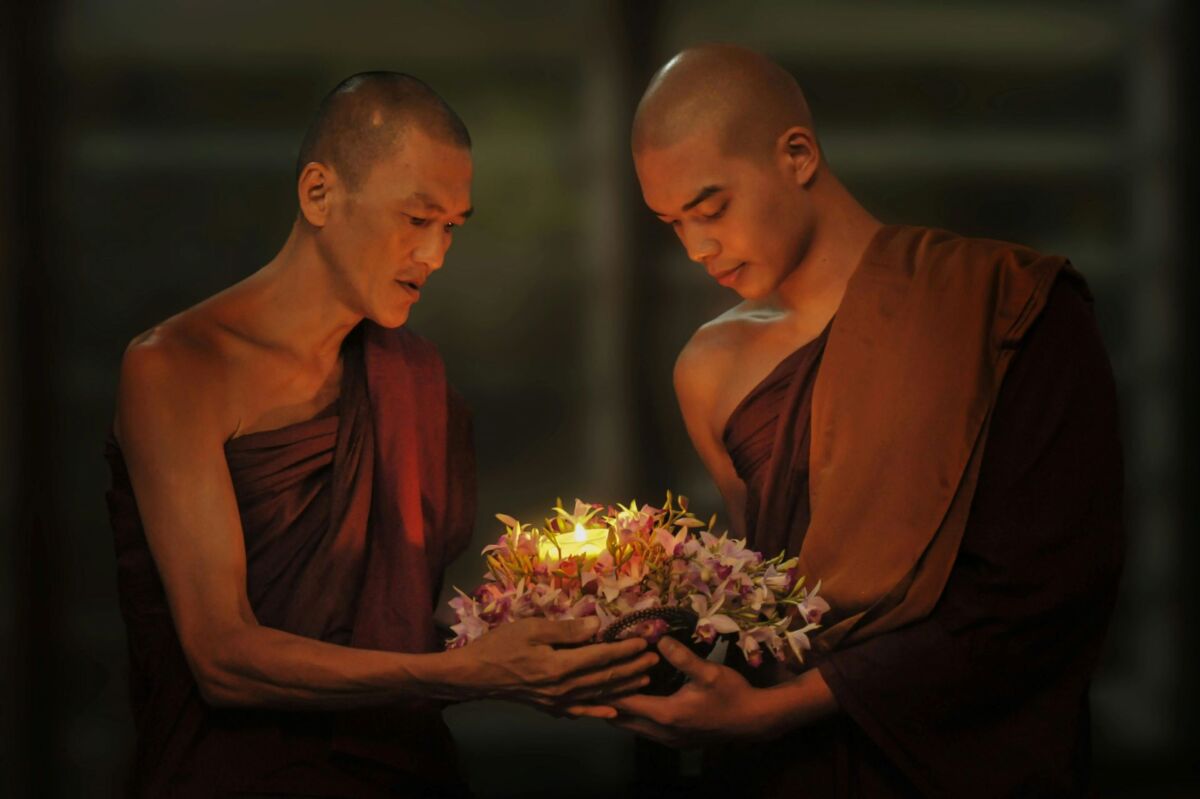What is Theravada Buddhism?
You must have heard about different schools of Buddhism, such as Theravada, Mahayana, and Zen, to name a few. Which one should you study first?
This article argues that you should start with Theravada Buddhism because it provides a solid foundation for exploring other Buddhist schools and their teachings.
Why Learn About Theravada Buddhism?
First and foremost, Theravada Buddhism is considered the most conservative of all Buddhist schools.
Having a conservative or orthodox approach shouldn’t be viewed negatively; rather, Theravada’s steadfast conservatism is its strength.
Its teachings have undergone minimal change since they were first recorded in writing in the 1st century BCE.
Thus, it comes as close as possible to what the Buddha taught after his enlightenment.
By diving into the Theravada tradition, you expose yourself to the most authentic accounts of the Buddha’s teachings.
Understanding Theravada Buddhism provides a firm foundation for exploring other Buddhist schools and comparing them to the conservative (original) teachings.

FREE Self-Test: How Spiritual Are You?
So if you’re new to Buddhism and wondering, “Where should I start if I know nothing about it?” The answer lies in beginning with Theravada before branching out to other schools. While they share core teachings, different schools diverge on many other aspects.
Name: Theravada vs. Mahasanghika
The word Theravada consists of two words: thera, which can be translated as ‘elder,’ and vada, meaning ‘word.’ Put together, they mean ‘teaching of the elders.’
So who were these elders? They were esteemed senior monks who presided over the First Buddhist Council after the Buddha’s passing.
During this council, they recited the Buddha’s teachings and compiled two collections: the Collection of the Buddha’s Teachings (Sutta Pitaka) and the Collection of Discipline (Vinaya Pitaka), which comprised monastic rules of life.
A hundred years later, during the Second Buddhist Council, the community split for the first time into Theravada and Mahasanghika. The former represented the conservative faction, while the latter represented the liberal faction.
The split occurred due to a disagreement among monks over specific rules, leading to the formation of a separate community (sangha) and the convening of their own Great Council (mahasangiti). From the perspective of Theravada, the Mahasanghika were a group of expelled monks rather than an authentic school.
Viewed in this light, Theravada upholds the tradition of the great elders (mahatheras) of the First Buddhist Council, establishing it as orthodox Buddhism.

Geography: Southern Buddhism vs. Northern Buddhism
Ancient texts recount how Theravada Buddhism arrived in ancient Ceylon in 250 BCE.
Mahinda, son of the great Buddhist king Asoka, brought Theravada to Ceylon, accompanied by a group of five monks tasked with performing ordination ceremonies for new monks.
Later, Mahinda’s sister Sanghamitta joined him to establish the Order of Nuns in Ceylon. Legend has it that she brought a branch of the Bo tree, under which the Buddha attained enlightenment. This branch took root in the city of Anuradhapura, where it’s venerated to this day.
Following its arrival in Ceylon, Theravada flourished for a millennium, primarily in Ceylon and southeastern India. In the 11th century, it spread from Ceylon to Burma, and over the subsequent centuries, extended its reach to Thailand, Laos, and Cambodia.
In contrast, what can be termed northern Buddhism spread from India northward to countries like China, Tibet, and Korea.
This geographical perspective offers another lens through which to view Theravada Buddhism, categorizing it as southern Buddhism.

Language: Pali vs. Sanskrit
When exploring Buddhism, you may have encountered different spellings of its central terms: dhamma, nibbana, kamma, in contrast to dharma, nirvana, karma. The former come from Pali, while the latter come from Sanskrit.
What’s important to know here is that during the Buddha’s time, Sanskrit served as the sacred language of Hindu priests known as Brahmins. Brahmins were the custodians of “sacred knowledge” (Veda), which was considered eternally true and told men what to do.
The Buddha, however, was a heterodox (non-conformist) thinker who challenged the authority of the Veda as the ultimate truth and the Brahmins as its arbiters.
That’s why he advocated against the use of Sanskrit and instructed his monks to disseminate his teachings in local languages.
While there is much debate about the origins of Pali, it is generally agreed that it evolved from a blend of local languages of that era. Eventually, it became the language of Theravada and its scriptures.
From the perspective of its primary language, Theravada Buddhism is also referred to as the Pali tradition.

Scripture: Tipitaka or Three Baskets
As I mentioned earlier, the Buddhist community split into Theravada and Mahasanghika during the Second Buddhist Council.
Over the following centuries, this division gave rise to 18 different schools.
Each school maintained its collection of texts, considering them canonical and authentic.
However, these ancient schools perished when Muslims invaded northern India in the 11th and 12th centuries.
The only complete collection of texts to survive belonged to the Theravada school. Having been transplanted from India to Ceylon in 250 BCE, it managed to evade the destruction that befell other schools in their homeland.
The primary doctrinal scripture of Theravada Buddhism is known as the Pali Canon or Tipitaka, meaning the “Three Baskets” or “Three Compilations.” Theravadins regard it as the Word of the Buddha (buddhavacana).
The three compilations consist of:
1. The Compilation of Discipline (Vinaya Pitaka) – containing rules for monks and nuns intended to regulate life in the monastic order (sangha).
2. The Compilation of Teaching (Sutta Pitaka) – comprising the teachings of the Buddha in verse and prose.
3. The Compilation of Philosophy (Abhidhamma Pitaka) – providing a philosophical systematization of the Buddha’s teachings.

The Teaching of Theravada Buddhism
The teaching of Theravada Buddhism is centered around:
The Four Noble Truths: the truth of suffering (dukkha), the truth of the cause of suffering – craving (tanha), the truth of the end of suffering (nirvana), and the truth of the path leading to the end of suffering (the Noble Eightfold Path).
The Noble Eightfold Path consists of virtue – sila (right speech, right action, right livelihood), concentration – samadhi (right effort, right mindfulness, right concentration), and wisdom – panna (right view and right resolve).
By cultivating the Noble Eightfold Path, one overcomes ignorance (avijja) of the Four Noble Truths and liberates oneself from the endless cycle of birth and death known as samsara.

FREE mindfulness resources for stress relief
The ultimate goal is to become an awakened one – arahant. An arahant is one who has fully developed the eightfold path, realized the four truths, and attained Nirvana.

I’m a freelance writer and mindfulness advocate behind this blog. I started my meditation practice in 2014, and in 2017 I launched this website to share what I learn with others. Here are the three things you can do here:
1. Schedule a free consult if you want to learn Buddhist meditation.
2. Download free mindfulness resources for stress relief
3. Join Patreon for exclusive content and community meetings.









